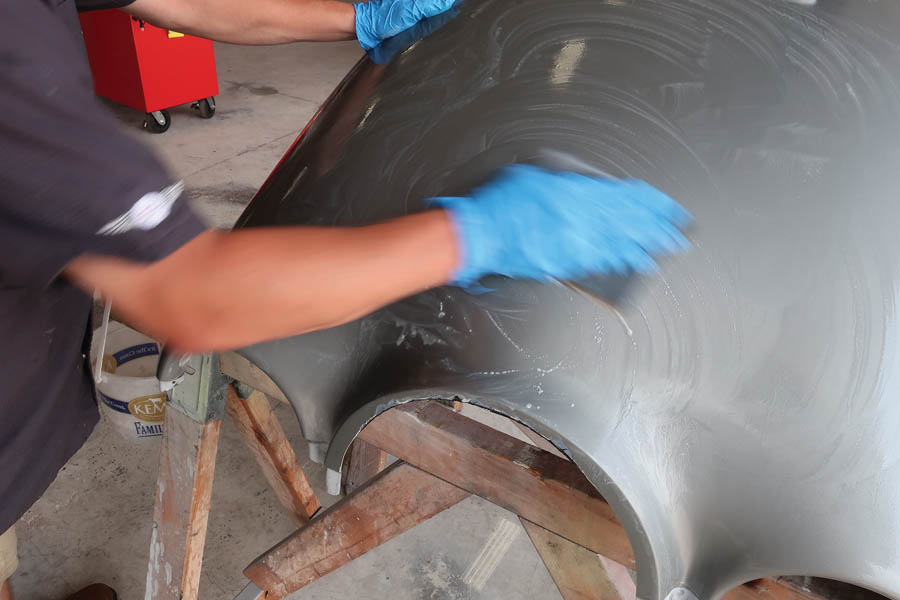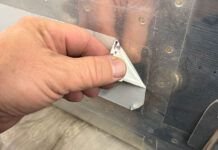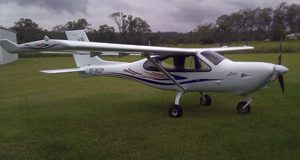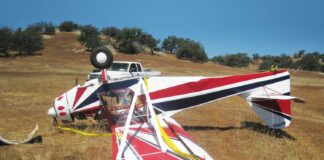“Strange business this is; what works well for one does not work well for someone else!” I’m not sure the builder who wrote that sentence, buried within an email about brake options and the success various builders have had with each, understood how accurate his statement is. But what he got wrong is that it is strange. It’s not strange; it’s the human component of homebuilding.
I often use analogies to reframe builders’ concerns as it helps them gain a different perspective. Here’s my analogy: Most people agree that Eric Clapton could make a cheap guitar sound good, and Clapton’s guitar in someone else’s hands would not sound like Eric Clapton. But few consider that Clapton has bad days when even he can’t get what he wants out of his guitar. So it is with homebuilding. Parts and plans being equal, different people will get different results, and those results can be impacted by negative emotions or unrealistic expectations in the workshop. Here are suggestions to help you get your best results regardless of your skill level or the size of your tool collection.
When you are struggling with a particular task, pause and ask yourself, “Why?” Are you doing something you’ve done before and it’s not going well or attempting something you’ve never done before? I’ll use spark plug installation as an example. If you’ve changed spark plugs before but find yourself struggling with the familiar task, ask yourself, “Why?” Maybe you’re rushing because you wanted to fly, not replace fouled plugs. Maybe you’re angry because your team was knocked out of the playoffs by a blown pass route. You’ll really be angry when someone else’s inability to run a crossing pattern causes you to cross-thread a spark plug in an aluminum cylinder head. Anger and frustration can compound faster than interest on a payday loan.
On the other hand, if you’ve never installed a spark plug, your lack of knowledge can negatively impact your execution even if you’ve just completed goat yoga and your mind and body are in harmony. The “Why?” answers itself: You don’t know how to do it. You could learn the nuances of spark plug installation by trial and error, but too often the learning comes after the error. That can put frustration in play, undoing the proven benefits derived from performing the downward facing dog with a goat on your back. You risk entering a self-defeating spiral sparked by ignorance and fueled by emotion. Take the time to learn how to install a spark plug in your particular engine, complete the job successfully, and then enjoy the afterglow that comes with learning and accomplishment.
Expectations, which are subjective and most often self-created, can also cause trouble in the shop. If you expected two kit parts to have matching holes but they don’t, you can grab your drill and add the holes, or you can fire off an angry email to the manufacturer and then grab your drill and add the holes, possibly doing a poor job of it in your anger. Now you’re in a self-defeating spiral sparked by expectations and fueled by emotion. There’s a good chance things will continue down a negative path unless you pause to regroup.
Negative emotions and high expectations have an enhancer called “time.” Building in a hurry or failing to adjust a self-imposed deadline for a particular task can lead to frustration. I experienced this when I built parts during lunch breaks. Rather than letting a part dictate the time it needed to be well made, I let the clock dictate how much time the part had to be finished. A lot of work can be accomplished in an hour, but not necessarily finished in an hour. Forced and frustrated building efforts will always be evident in your workmanship, and you’ll be reminded of them every time you fly. When you budget a weekend to install a canopy but find the job to be much larger than anticipated, recalibrate your expectations. The way forward may be to make the canopy a project that cohabitates with other tasks over the course of weeks, rather than your primary objective to complete in a weekend. Look for ways to reduce large tasks into multiple, smaller tasks.
Nothing drives a reader to the next article faster than quoting FARs, so I’ve included this near the end. My reasoning is you’ve come this far (no pun intended, or was it?) and you’re a finisher, so you’ll hear me out.
Title 14, Code of Federal Regulations (14 CFR), Part 21, Section 21.191(g), defines an amateur-built aircraft as an aircraft “the major portion of which has been fabricated and assembled by person(s) who undertook the construction project solely for their own education or recreation.” The key phrase is “solely for their own education and recreation.” You may have to exercise because your health demands it, and pay taxes because the IRS demands it, but no one demands that you build an airplane. When you force the recreation, workmanship can go sideways quickly. Both you and your project will benefit if you set it aside until it feels like “education and recreation” again.
What works well for one does not work well for someone else. All builders are not equal, but you can get your best results by recognizing a defeating mindset. When things aren’t going well, put the project aside until you can come back to it with a fresh attitude, additional knowledge, or both.














